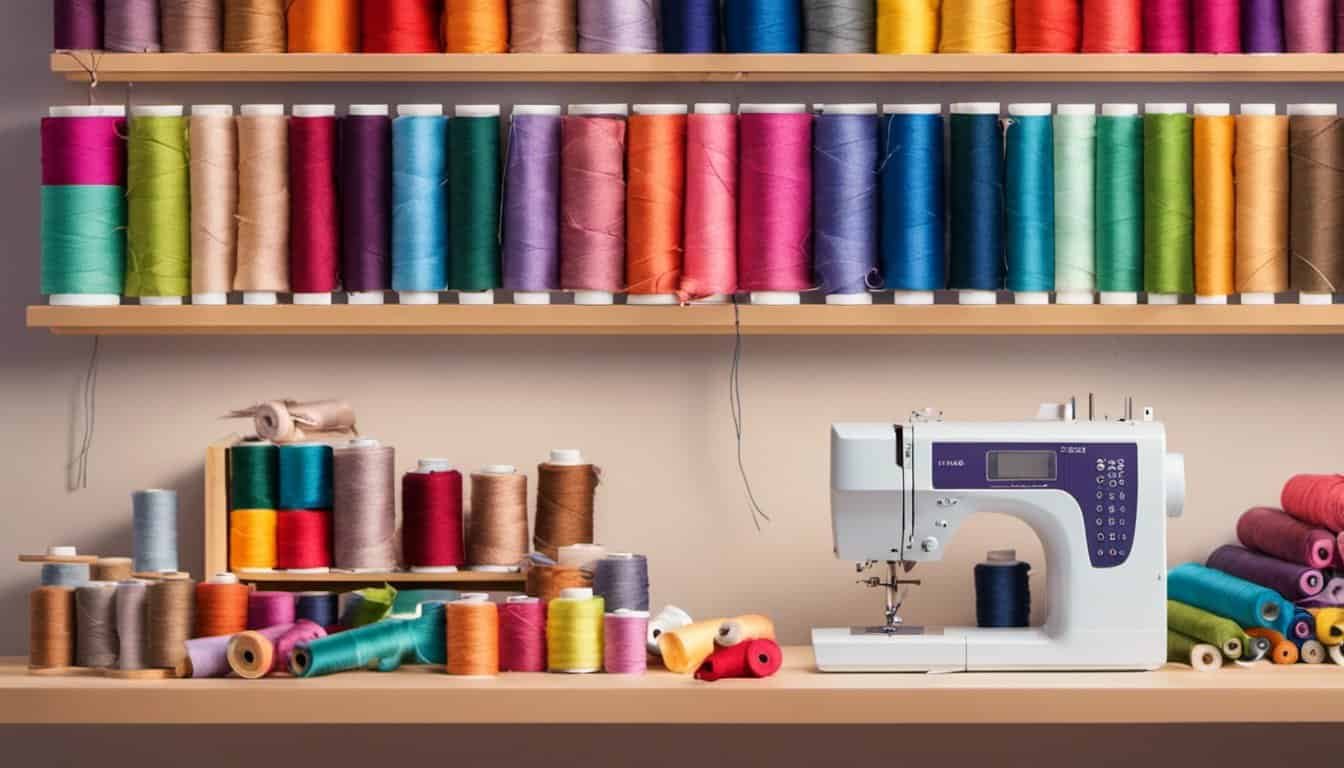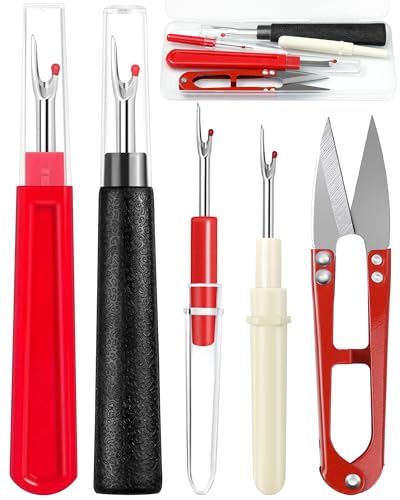Ever thought about making your own pillowcases but didn’t know where to start? I totally get it, and sewing a simple pillowcase is a perfect project for beginners. It’s a fun way to personalize your space and gain some handy sewing skills along the way.
Materials Needed
Gathering the right materials sets you up for a successful pillowcase project.
Fabric Selection
I choose fabrics that are soft and easy to handle. Cotton and linen work great for beginners because they’re durable and come in countless patterns. For a standard pillowcase, I use about 1 yard of fabric. Selecting the right fabric ensures your pillowcase looks great and lasts.
Necessary Tools
Having the right tools makes sewing smoother. Here’s what I need:
- Sewing machine: Speeds up stitching and ensures clean lines.
- Thread: I pick a color that matches or contrasts nicely with my fabric.
- Fabric scissors: Sharp scissors make precise cuts.
- Measuring tape: Accurate measurements are key for the right fit.
- Pins or clips: These hold the fabric pieces together while I sew.
- Iron and ironing board: Pressing the fabric helps create neat seams.
With these materials and tools ready, I’m all set to start sewing my pillowcase.
Preparation Steps
Before I begin sewing my pillowcase, I gather all necessary materials and tools. Proper preparation ensures a smooth and enjoyable sewing experience.
Measuring and Cutting Fabric
- Determine Pillowcase Size: Standard pillowcases typically measure 20 inches by 30 inches.
- Calculate Fabric Dimensions: Add seam allowances—usually 1/2 inch on all sides. For a 20×30-inch pillowcase, cut fabric pieces measuring 21×31 inches.
- Mark the Fabric: Use a measuring tape and fabric chalk to mark the measurements accurately.
- Cut the Fabric: Carefully cut along the marked lines using sharp fabric scissors to ensure clean edges.
Preparing the Fabric
- Pre-wash the Fabric: Wash and dry the fabric according to its care instructions to prevent future shrinkage.
- Iron the Fabric: Iron the fabric thoroughly to remove any wrinkles, creating a smooth surface for sewing.
- Organize Fabric Pieces: Lay out the cut pieces, ensuring the right sides face each other for accurate sewing.
- Pin the Edges: Use pins or fabric clips to secure the fabric layers together, making it easier to sew straight seams.
Sewing the Pillowcase
Let’s put everything together to create your pillowcase. Follow these steps to ensure a smooth sewing process.
Assembling the Pieces
Align the front and back fabric pieces with the right sides facing each other. Make sure all edges match precisely to prevent uneven seams. Secure the fabric using pins or clips along the sides and bottom, maintaining a 1/2-inch seam allowance. This arrangement ensures straight and accurate stitching, setting the foundation for a professional finish.
Sewing the Edges
Start by sewing the side seams with a straight stitch, keeping your seam allowance consistent at 1/2 inch. Repeat the process for the bottom edge, ensuring all seams are tight and secure. Trim any excess fabric close to the stitches to reduce bulk. Finally, press the seams flat with an iron to give your pillowcase a clean and polished appearance.
Finishing Touches
Once the main seams are complete, it’s time to add the final details that make your pillowcase polished and professional.
Hemming
I fold the raw edges inward by 1/4 inch and press them with an iron to create a crisp edge. Next, I fold the edges again by another 1/4 inch, press once more, and stitch along the folded edge with a straight stitch. This double-fold hem ensures durability and a clean finish, preventing frayed edges and giving the pillowcase a neat appearance.
Inserting the Pillow
I turn the pillowcase right side out, ensuring all seams are neatly pressed. I then insert the pillow by sliding it through the open end, adjusting it to fit snugly. If using an envelope closure, I fold the excess fabric at the opening and press it flat before stitching it closed. This secures the pillow in place and completes the pillowcase, ready for use or gifting.
Tips for Beginners
- Choose the Right Fabric
Selecting a fabric like cotton or linen ensures durability and ease of handling. These materials are beginner-friendly and available in various colors and patterns.
- Pre-Wash Your Fabric
Washing prevents shrinkage and removes any sizing. It’s a crucial step to ensure your pillowcase maintains its shape after washing.

- Measure Accurately
Using a measuring tape, mark 20 inches by 30 inches plus a 1/2-inch seam allowance on all sides. Precision here avoids mismatched seams.
- Use Sharp Fabric Scissors
Cutting with sharp scissors ensures clean edges, reducing fraying and making sewing easier.
- Pin Securely
Pinning fabric pieces together prevents shifting while sewing, ensuring straight and even seams.
- Test Your Stitch
Before sewing, practice on a scrap piece. This helps you adjust tension and stitch length for a smooth finish.
- Press as You Go
Ironing seams after sewing keeps your work neat. It also helps in achieving professional-looking results.
- Take Your Time
« How to Sew a Godet for Flared Skirts: 7 Secrets Designers Don’t Want You to Know
Unlock the Secrets: How to Sew a Zipper by Hand Like a Pro »
Rushing can lead to mistakes. Work steadily to maintain accuracy and quality throughout your project.
- Use Quality Thread
Strong thread reduces the risk of seams breaking, enhancing the longevity of your pillowcase.
- Stay Organized
Keep your materials and tools within reach. An organized workspace makes the sewing process more efficient and enjoyable.
Conclusion
Creating my own pillowcase was incredibly rewarding. I loved picking out the perfect fabric and watching my skills improve step by step. Seeing the finished product made all the effort worthwhile. I hope you enjoy sewing your pillowcase as much as I did and feel proud of what you’ve made. Happy sewing!


















